CO2 Laser Skin Resurfacing

The Procedure
CO2 laser skin resurfacing can be safely performed on those with Fitzpatrick skin types I-III (very fair to an olive complexion). Dr. Yellin uses local anesthesia for comfort and oral Xanax to relax the patient when performing this procedure in the office, which is appropriate if treating localized areas such as around the eyes, cheeks and/or mouth. If full face resurfacing is indicated, general anesthesia in an outpatient surgical center is required. Additionally, CO2 laser skin resurfacing can be performed in conjunction with other facial surgical procedures; most frequently around the eyes and mouth at the time of a facelift. However, in the interest of patient safety, Dr. Yellin does not perform laser resurfacing on the skin of the cheeks at the time as a facelift since the skin in this area has been surgically lifted and the blood supply somewhat compromised. To avoid an increased risk of poor skin healing, if the patient requires a face lift and full face CO2 laser skin resurfacing, the procedures will be staged, typically 3-6 months apart. The exception is the forehead, which can be lifted (except for a lateral brow lift, which is a subcutaneous procedure) and resurfaced at the same time, due to the robust nature of the blood supply and thickness of the soft tissues in this area.
During the procedure, the laser safely removes sun damaged skin layer by layer. The laser penetrates to a precise, controlled depth, reducing the risk of scarring or pigmentation problems. .
After the procedure, the skin sheds for about 7-10 days and will need to be protected with the provided medicated soak and covered with a non-petroleum grease to protect it. This is applied every 3 hours while awake. Once the skin has regrown, it appears pink or red for several weeks and is back to normal color in 4-12 months depending on the patients skin type. Those with brown hair and brown eyes, with skin that tans naturally typically return to a normal skin color the quickest, while those who are very fair skinned with blue eyes and blonde or red hair take longer for the skin’s pink hue to fade completely. Until the skin is no longer pink, the patient must be sun aware and diligently sun protective to avoid unwanted hyperpigmentation (browning of the skin). With healing, the outer layers of skin grow anew, collagen is stimulated which thickens the skin, and the skin is 3-dimensionally tightened producing smoother, lighter, brighter, and younger-looking facial skin. Thought eh skin will appear fully healed in a matter of months as described above, final collagen production and thus optimum results can take up to 18 months to occur. The improvement in the skin’s appearance can last for 15 years or more. For many, this technique is almost like a magic wand for sun damaged skin.
Before & After Photos
*All photos shown are patients of Dr. Yellin and are the property of Marietta Facial Plastic Surgery, Laser & Aesthetics Center. Individual results may vary. Please see full disclaimer.
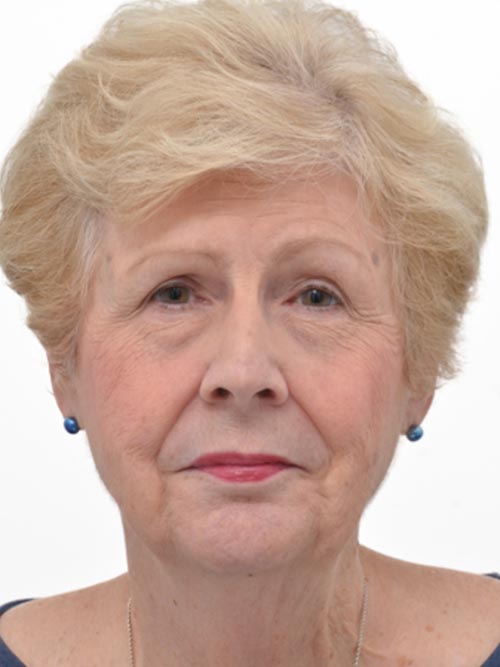
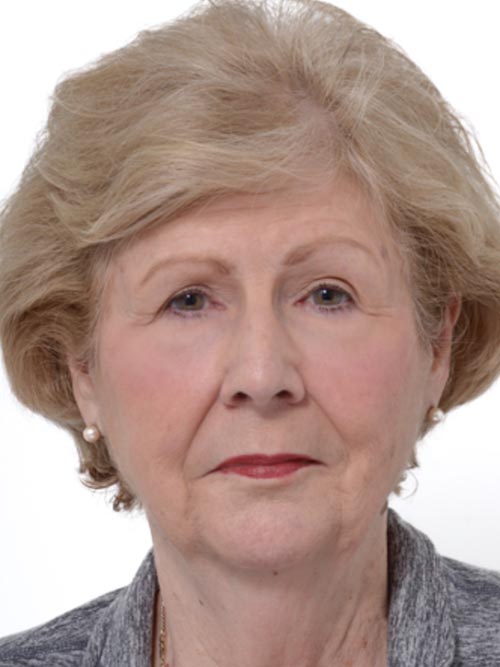
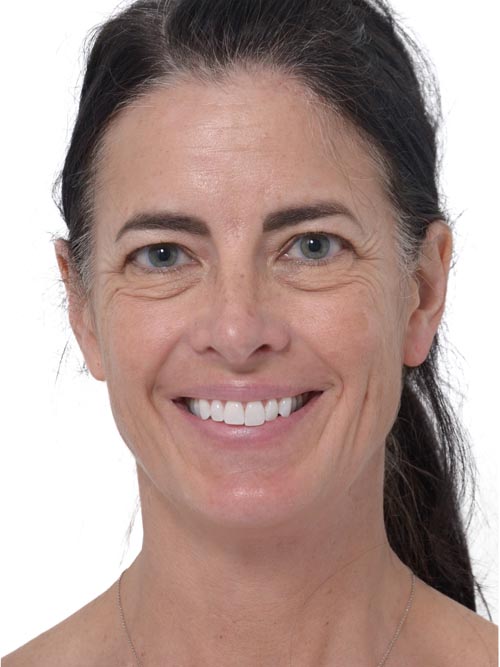
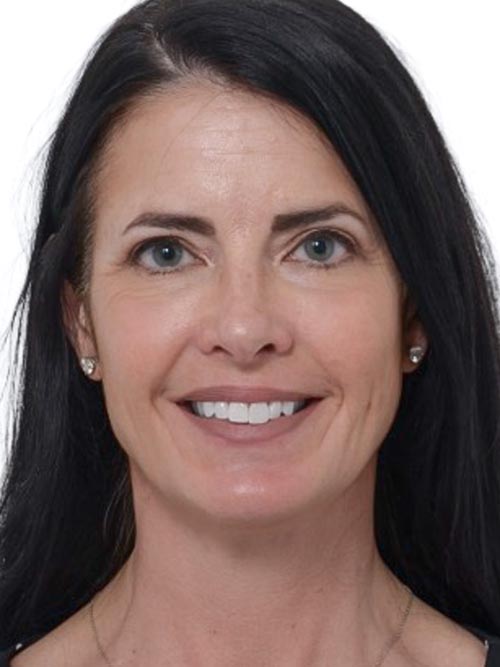
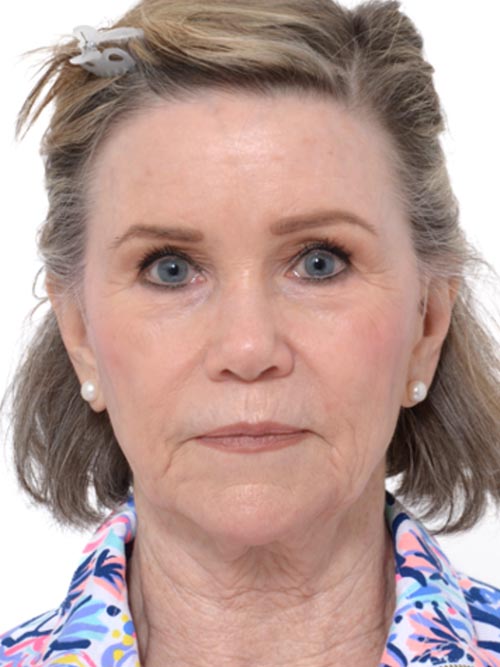
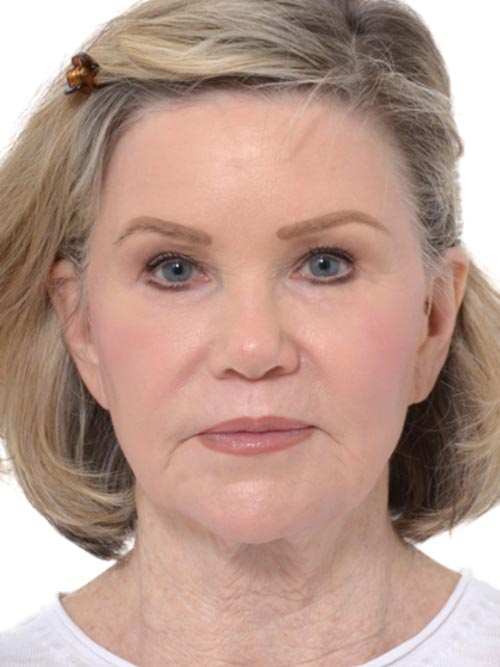
All photographs and other material presented on this website are the property of Dr. Yellin. Please do not download or reproduce the images without the express written consent of Dr. Yellin.
Disclaimer: Individual results may vary. No guarantee of results, stated or implied by any photo or statement on this website can be made. Please see full disclaimer.
Dedicated Care for Your CO2 Laser Skin Resurfacing Experience
At Marietta Facial Plastic Surgery, Laser & Aesthetics Center, we are committed to providing dedicated care throughout your CO2 Laser Skin Resurfacing journey. From your initial consultation to your post-treatment follow-ups, our experienced team ensures that you receive personalized attention and expert guidance every step of the way. We take the time to understand your unique skin concerns and aesthetic goals, allowing us to customize your treatment plan for optimal results. Utilizing the latest CO2 laser technology, we achieve remarkable skin rejuvenation that addresses fine lines, wrinkles, scars, and uneven texture with precision and minimal downtime. Our compassionate approach ensures a comfortable and smooth recovery, empowering you to embrace your revitalized, radiant complexion with confidence. Trust Marietta Facial Plastic Surgery, Laser & Aesthetics Center to enhance your natural beauty through advanced, tailored skin resurfacing solutions.
Atlanta & Marietta CO2 Laser Skin Resurfacing
Marietta Facial Plastic Surgery, Laser & Aesthetics Center is a premier destination for CO2 laser skin resurfacing. We are proud to serve patients from Atlanta, Marietta, Acworth, Woodstock, and the rest of the country. To schedule your consultation or to request more information, please fill out the form below or call us at (770) 425-7575.
